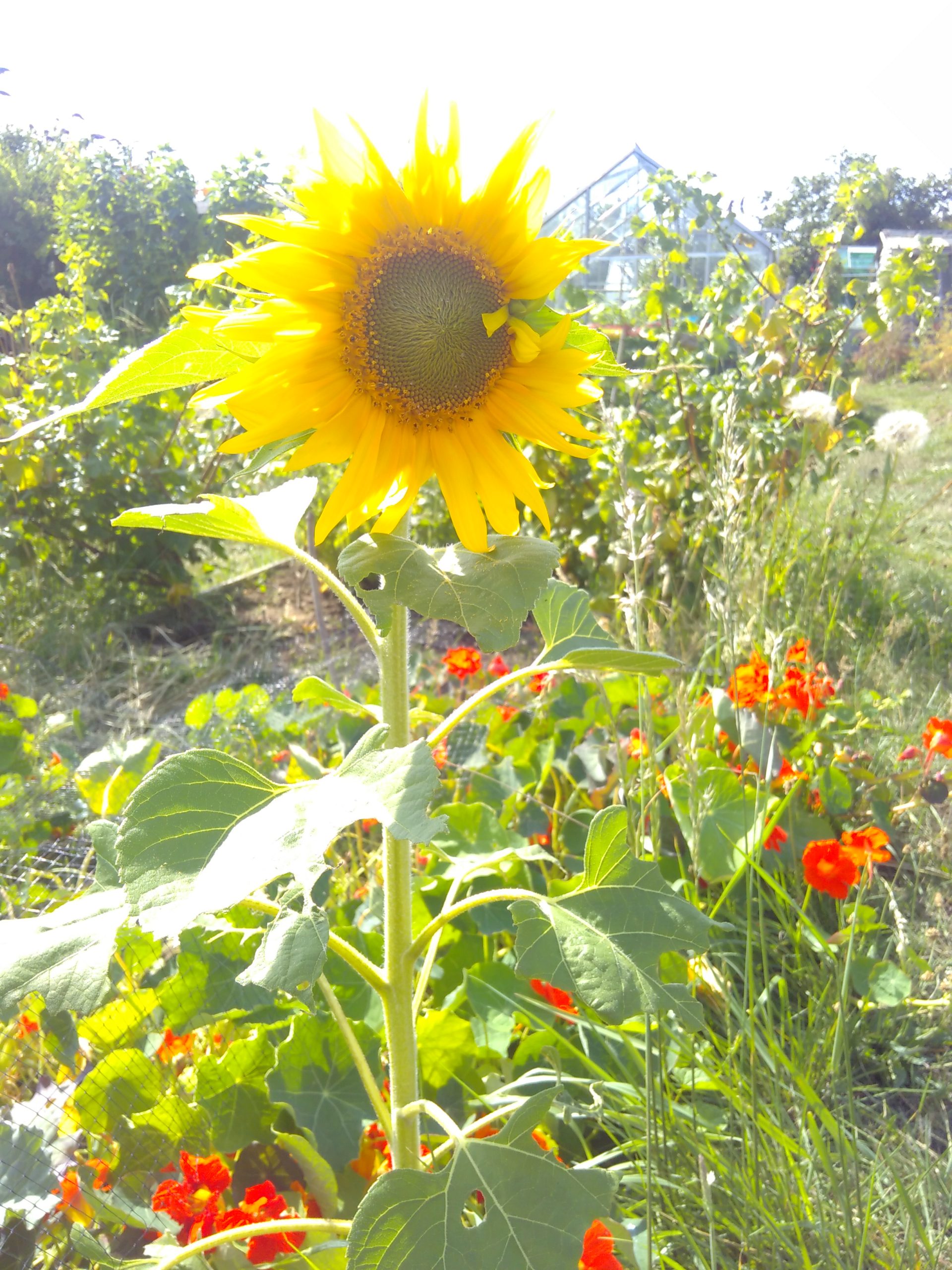This month at our formal committee meeting, we welcomed five new co-opted members to the committee.
It was great to have some fresh enthusiastic members on the Zoom call this week and we’re all looking forward to working together on behalf of all members! Please take a look at the Committee page.
As you will remember, after our previous decision to hold an electronic election, we had put out a call for nominees and were really pleased with the amount of interest we received. Then, unfortunately, as we looked more into how to hold an electronic election, we realised that we have no Standing Orders for elections, so no rules to follow to set this up. We also lost one of our longest-standing committee members, Peter, to his other commitments at the same time. Peter was the go-to person for committee precedent, so not only did we find ourselves with no written guidance, no-one could remember exactly how things had been managed in the past.
We had therefore decided not to hold an election just yet, but to co-opt all nominees and start working on some Standing Orders that can be agreed by members prior to an election at an AGM in the autumn. (We sent out an email to all members with our full rationale on 22 June 2020, if you didn’t get this please let us know).
Anyway, after running through introductions and discussions around different role and responsibilities the new committee members may be interested in, we continued the meeting as normal and the topic of most interest was Japanese Knotweed.
We’ve been aware of an issue with Japanese Knotweed for a few years and in previous years, treatment has been carried out by the council contractors. However, there has been limited success as much of the knotweed had been obscured by other weeds.
This year, we have contracted a specialist professional company to assess, advise and eradicate the knotweed. This was not an easy decision. As an organisation that is in the process of writing a Green Charter, asking a company to come and use glyphosate weed killer goes against this ethos. However, knotweed is notoriously difficult to eliminate without weed killer, as it has very deep penetrating roots and can sprout up again more vigorously after being disturbed. On top of this, any part of the plant cut down or dug out must travel by registered waste carrier to a licensed landfill site.
Eradicating the plant fully is likely to take two seasons, but hopefully with this approach we will be able to eliminate the plant and have no need to use glyphosate again – which had been previously used anyway by the council in a less methodical way.
The first treatment at the allotments took place last week. There was a mass spaying of three sites: first, on plot 89a, the small plot on the south side that you can see from the car park fenced off with green windbreak, secondly an area of the south bank of the ravine, and thirdly, a large area on the border with the school (both also fenced off with green netting).
Other smaller areas in the ravine have been treated and marked off with stakes. If anyone finds knotweed growing on their plot, please contact us (committee@marinaallotments.org.uk) so that we can ensure it is dealt with appropriately.
If anyone isn’t sure how to identify Japanese knotweed, there is a really useful ID guide on the Non-Native Species Secretariat website and more information on treatment and legislation of the plant can be found on .gov.uk and the RHS website.

13/07/2020
Regular blog post from the committee no.5
Written by Olivia Morton
